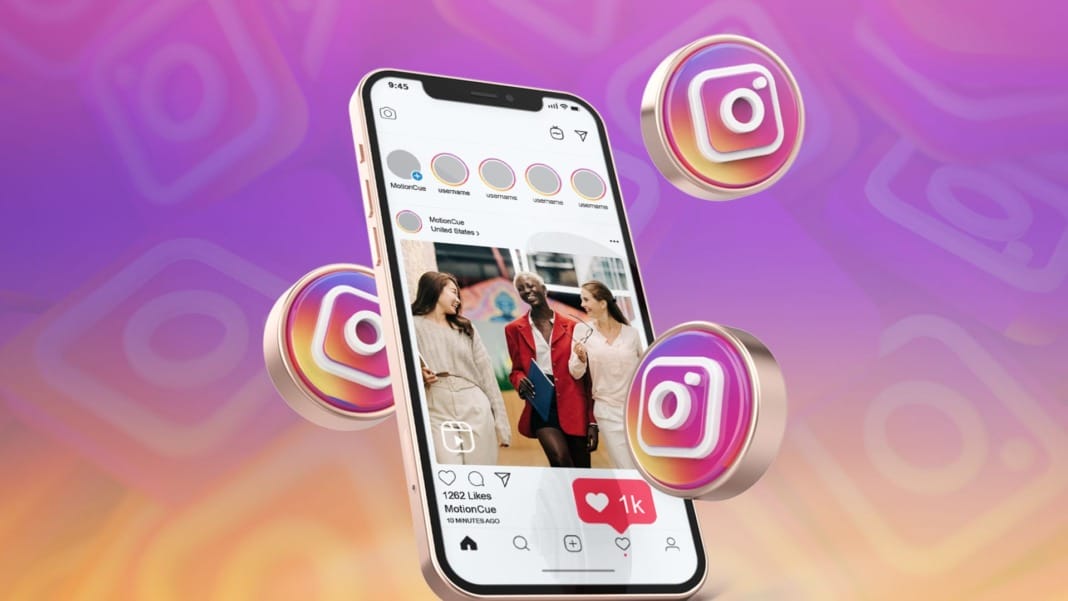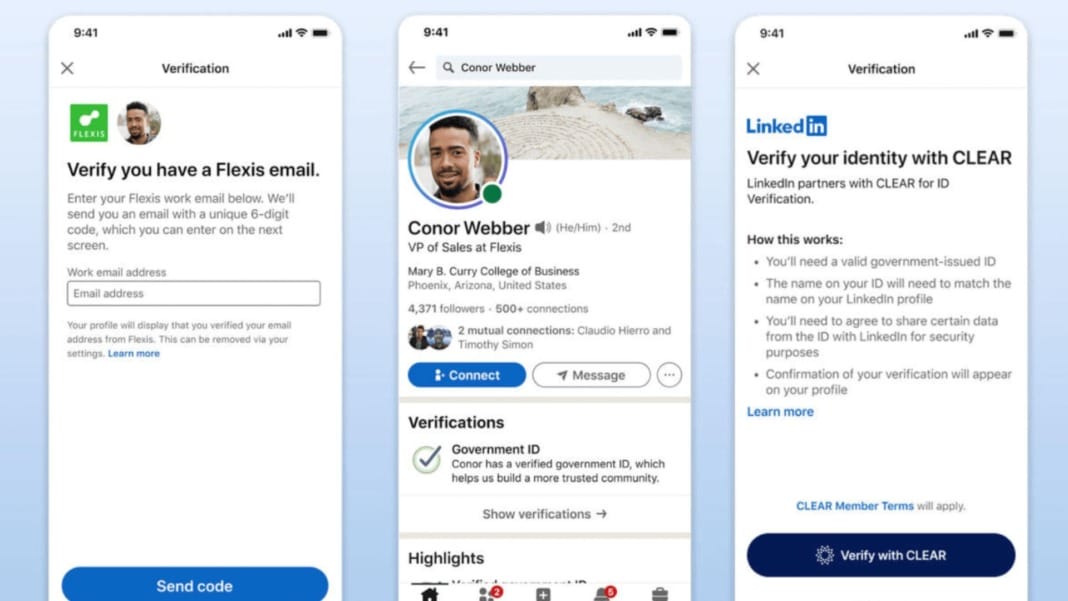In a recent “Ask Me Anything” (AMA) session, Instagram’s head, Adam Mosseri, offered insight into a common frustration: why some videos on the platform appear to lose quality over time. According to Mosseri, the answer lies in how Instagram manages its resources based on video performance. If a video sees limited engagement, Instagram may automatically reduce its quality, conserving resources for content that attracts higher views. For smaller creators, this approach has raised concerns, as the shift in quality could potentially impact their reach on the platform.
Why video quality changes based on views
During the AMA, a user questioned Mosseri about why certain stories, especially older ones saved in highlights, sometimes appear blurry or lower in quality. Mosseri explained that Instagram prioritises showing the highest quality video for actively viewed content. However, if a post isn’t watched often after its initial upload, Instagram may downgrade its quality to save storage and processing power. “In general, we want to show the highest-quality video we can,” Mosseri said. “But if something isn’t watched for a long time—since most views occur right after posting—we will move to a lower-quality video.” He added that if a video’s popularity spikes again, the platform can “re-render the higher quality video.”
View on Threads
A Threads user later reposted this response, sparking discussion among creators who feel the practice could unfairly impact their videos’ longevity and engagement. For many content creators, the quality of their work is part of their brand, and a drop in video resolution can affect how professional their posts appear.
The bias towards high-performing content
In a follow-up comment, Mosseri shared more about Instagram’s prioritisation of quality for content that garners higher views. Instagram’s processing system “biases” higher-quality encoding, which requires more computing resources, for posts by creators with a strong viewership record. He explained that prioritising resources this way is part of how Meta, Instagram’s parent company, manages the massive volume of daily content uploaded to its platforms. Encoding, storage, and distribution costs increase with video quality, so Instagram uses “different encoding configurations to process videos based on their popularity,” he said.
This statement struck a chord with many small creators, who voiced concerns in the AMA’s comments section. They argued that this strategy could give an advantage to larger influencers, who naturally receive more views, by ensuring their videos are consistently high-quality. Some questioned the fairness of this approach, fearing that small creators may lose out on engagement if their videos appear lower quality simply due to fewer views.
Responses from creators: Is video quality affecting engagement?
He clarified that the quality management system Mosseri described works at an “aggregate level,” meaning it applies broadly rather than targeting individual viewers. He emphasised that it’s a “sliding scale,” not a strict cut-off, and that according to Instagram’s data, most viewers seem more focused on the content than quality differences. “Quality seems to be much more important to the original creator, who is likelier to delete the video if it looks poor than to their viewers,” Mosseri noted.
Despite Mosseri’s reassurance, some creators remain unconvinced. For those who invest significant effort into producing high-quality video content, the idea that engagement rates could impact visual quality is concerning. For many small creators, every detail matters in establishing their brand, and they worry that this algorithmic quality shift could ultimately affect how potential followers perceive them.
Mosseri’s comments reflect an ongoing tension between Instagram’s focus on resource management and creators’ desire for a level playing field. While the platform aims to balance quality with efficiency, smaller creators may feel disadvantaged if their video quality drops over time. As more creators raise concerns, Instagram may need to consider more transparency or adjustments to keep content quality high, regardless of view count.





